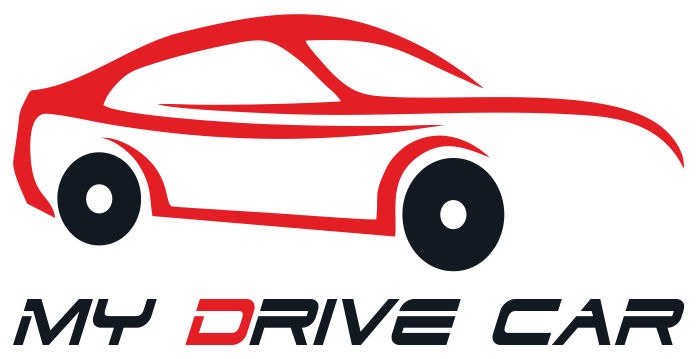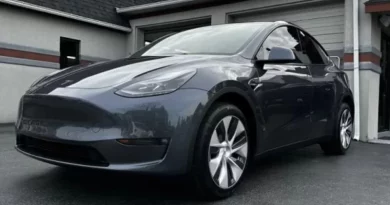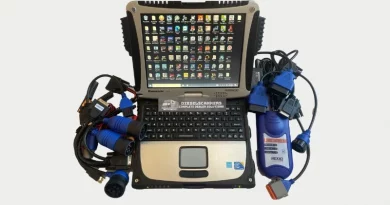Car Inspection Automation: Use-Cases And Complexities
Given the rapid growth of the automotive and insurance sectors, it’s no surprise that companies are building AI-based tools to ease different processes for this industry.
One process that’s seeing a lot of development in terms of automation using AI tools is the vehicle inspection process.
This process, which has traditionally been a manual process involving a human inspector, has always been tiring, time-consuming, and prone to errors and subjectivity.
However, thanks to the advancements in machine learning and computer vision, this process can very easily be automated, increasing productivity for businesses in the automotive and insurance space, which will in turn result in increased customer satisfaction.
While using AI for car inspections has a ton of benefits, we can’t ignore the fact that this tech is still in early development and hence, has some limitations to it.
In this blog, we will cover different scenarios where AI can be used for automating vehicle inspections, and the limitations involved in implementing it.
Let’s dive in!
How do AI-based vehicle inspections work?
The quick and easy way to build an AI model that can run vehicle inspections is to use a convolution neural network model that is trained to understand different parameters like the damage location, size, severity etc. using images and videos.
However, to avoid cases of false reporting, there are some entrance checks that need to be done by this model before actually analyzing the images and videos uploaded.
Here’s how a vehicle’s image uploaded by a user is processed (in five stages) –
- The model first verifies that the uploaded image is of a vehicle it identifies
- Once verified, the model then confirms if the vehicle has been damaged.
- The next step is to determine the location of the damage (front, rear, side)
- Once the location is determined, the model then identifies the part that has been damaged (eg – front left door, windshield etc.)
- And finally, the model determines the severity of the damage (minor, moderate, or severe).
Keep in mind that computer vision is still developing and not fully mature to handle all inspection cases. There might be instances where the inspection report might be disrupted due to external factors like the angle, lighting, camera resolution etc.
That being said, here are some use-cases that can use AI for vehicle inspections using photos and videos.
AI-based car inspection use cases
Today’s Computer Vision and Machine Learning models can be used to automate 4 primary car inspection processes.
- Motor insurance – Claim assessment and Claim Review
- Car Rental – Damage assessment before and after usage
- Used car – Damage assessment while buying or selling a car
- Car leasing – Remarketing inspections before a lease ends
Let’s explore each one of them in detail
Motor Insurance
Vehicle inspections needed during the pre-insurance, FNOL, and the insurance claims process can very easily be automated using AI.
Tools like Inspektlabs, along with automating vehicle inspections and damage reporting, also provide additional information like automating the repair vs. replace decision, generating repair estimates based on market values etc, and come with multiple fraud detection systems to prevent chances of forgery and being cheated.
Complexities of using AI for Motor Insurance
- Internal Damages – Vehicles with medium to high severity of damage might have some internal damages that today’s computer vision models aren’t smart enough to detect. Depending on AI for such instances will often lead to false results, and its wiser to conduct these inspections manually for more accurate results.
- Repair estimation complexities – Repair estimation, along with the damage assessment, also requires a deep understanding of how claim estimations work, and access to OEM data (part price, labor cost etc.) which requires a lot of information from different sources
Car Rental
Vehicle inspections for a car rental company are crucial both before and after a vehicle’s journey. This is needed to track the vehicle’s condition pre and post use, and also ensure that no severe damages occur during the journey.
With AI, this process (which is otherwise very time-consuming and effort intensive) can be easily done using a smartphone’s camera. This process not only helps rental companies give their customers a novel experience, but also increases transparency and give their customers a sense of control during the rental process.
Complexities of using AI in Car Rental
If not trained properly, the AI model being used for inspections during the rental process can very easily be tampered with, allowing customers to hide damages on the vehicle while returning them, which in turn can result in huge expenses for the rental company.
Used Car dealerships
Damage assessment while buying or selling a used car is a crucial process to determine the value of the vehicle. A better vehicle condition means a better value for the vehicle.
With AI-based Vehicle Inspections, this process can very easily be automated to generate a detailed vehicle condition report, and automatically compare it to market values to determine the actual value of the vehicle.
Complexities of using AI in Used Car Dealerships
- Micro-damages – Today’s computer vision models solely rely on the information being received from the images/videos uploaded. However, micro damages such as dents/scuffs/paint chip etc. which can easily be skipped even during manual inspections might get ignored during an AI-based inspection, thereby leading to the vehicle being wrongly valued.
- Engine and repainting evaluation – Engine and repainting evaluation is a crucial process involved in buying/selling a used car which cannot be easily automated and resolved with today’s computer vision based solutions.
Car Leasing
Vehicle inspections are a crucial process during the end of a lease of a vehicle. The vehicle’s conditions helps these companies assess renewal/termination decisions on the lease.
Complexities of using AI in Car Leasing
In cases where the lease needs to be terminated, the leasing company will have to conduct a thorough inspection to assess the vehicle’s condition which includes checking for micro damages, engine health, internal functions, repainting etc. which can’t be fully automated using today’s computer vision models.
Conclusion
Using AI to automate vehicle inspections can result in a lot of benefits for different industries, including saving time, money, and making the process more efficient.
However, given the current capabilities of today’s AI and computer vision models, fully relying on them for your vehicle inspection process might not be ideal as there are a lot of challenges and complexities that these models still need to solve for.
That being said, companies like Inspektlabs, who are pioneering the revolution of automating vehicle inspections are constantly working on improving AI’s capabilities and soon, we will start seeing these tools as a solid end-to-end solution that can take care of your vehicle inspection process from the first to the last step.




